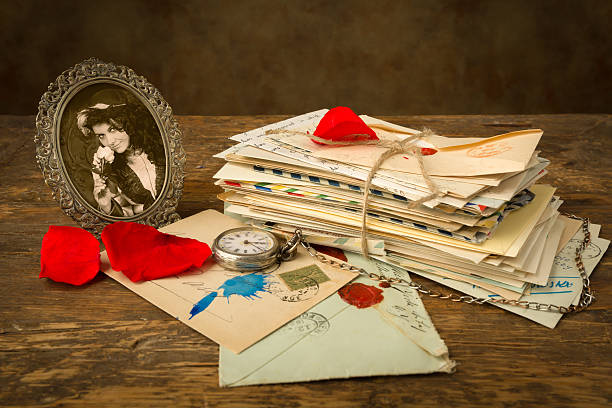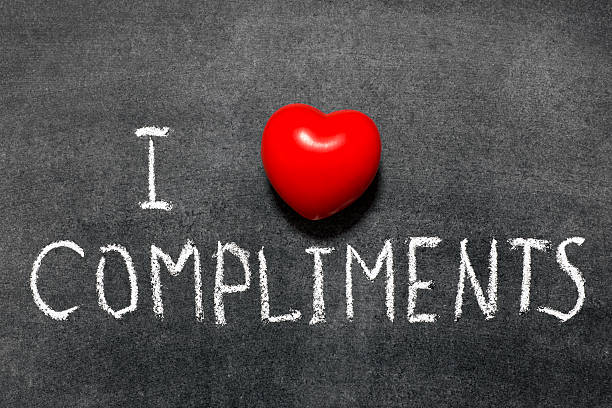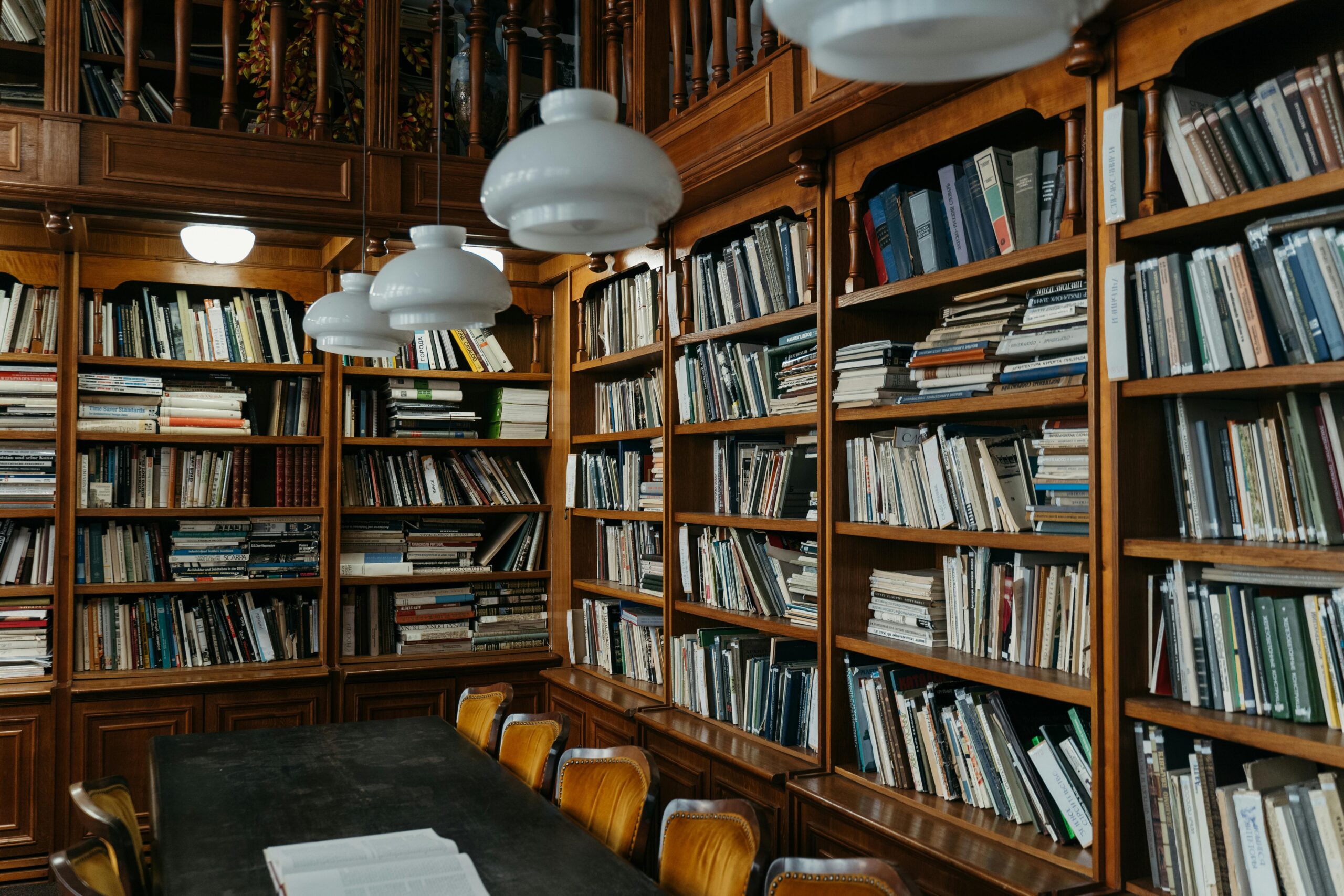In an age where romance often begins with a swipe and ends with a read receipt, it’s easy to forget the poetic power of love letters .
From Napoleon Bonaparte’s passionate notes to Josephine, to John Keats’ tender verses for Fanny Brawne, history is full of elegant expressions of admiration — crafted with care, emotion, and depth.
These letters weren’t just declarations of love — they were acts of emotional intelligence , linguistic grace , and intentional vulnerability .
In this guide, we’ll explore:
- What made historic love letters so powerful
- How their elegance still resonates today
- Practical ways to channel that timeless charm in modern flirting
- And what psychology says about romantic expression
Let’s dive into how to express admiration like the greats — and why elegance never goes out of style .
Why We Still Remember These Love Letters Today
Love letters from history endure not just because of who wrote them — but because of how they were written.
They reveal:
- Emotional maturity
- Poetic precision
- Deep curiosity about the beloved
- A willingness to be vulnerable without desperation
Psychological Insight: Emotional Elegance Builds Trust
According to research published in The Journal of Social and Personal Relationships , people respond more strongly to thoughtful, expressive communication than to fleeting digital flirtation.
Historic love letters offer a masterclass in emotional presence , showing us that admiration is best delivered with clarity, warmth, and personal insight — not just passion.
Famous Love Letters That Redefined Flirtation
Let’s look at some of the most iconic love letters — and what makes them unforgettable.
1. Napoleon Bonaparte to Joséphine de Beauharnais
“I awake filled with you. Your image fills my soul.”
Why It Works:
Napoleon didn’t just say “I miss you” — he painted vivid imagery and shared his internal world.
This kind of writing invites emotional reciprocity , not just attention.
2. John Keats to Fanny Brawne
“I have been astonished that Men could die Martyrs for religion — I now for Love.”
Why It Works:
Keats elevated love to something almost spiritual — making his affection feel profound, not just physical.
Modern takeaway: Deep admiration doesn’t shout — it whispers with meaning.
3. Leo Tolstoy to Sophia Behrs
Before they married, Tolstoy wrote to his future wife:
“You are my ideal of perfection… You make me want to be better.”
Why It Works:
He acknowledged her impact on his character , not just her beauty or charm.
That’s the ultimate compliment — and one that still lands well today.
4. Elizabeth Barrett Browning to Robert Browning
“I love you not only for what you are, but for what I am when I am with you.”
Why It Works:
She focused on how he made her feel — not just how she felt about him.
This subtle shift makes admiration feel more personal and meaningful.
5. Abigail Adams to John Adams
“I long to be near you, to whisper soft sentiments in your ear, and to hear your voice.”
Why It Works:
Even in a time of political leadership and public duty, Abigail expressed longing with dignity and warmth.
Her words remind us that admiration can be both private and powerful .
What Made These Letters So Elegant?
Beyond poetic language and historical context, these love letters share common elements that made them stand out — then and now.
These principles apply even in modern texting — if adapted with care.
How to Channel This Elegance in Digital Flirtation
You don’t need quill and ink to write with elegance — just intention.
Here’s how to flirt with the spirit of the past — while staying relevant today.
1. Lead With Curiosity, Not Compliments
Instead of starting with “You’re beautiful,” ask: “What’s something most people miss about you?”
“If we were stuck in a bookstore together, what section would you drag me to?”
“Do you flirt with everyone like this — or am I getting special treatment?”
This shows interest — not just attraction.
2. Use Humor That Feels Natural
Playfulness disarms tension — just as it did in classic letters.
Try These:
“I think my phone cracked when I saw your profile. Worth it.”
“Are you a magician? Because every time I look at your picture, everyone else disappears.”
“Your bio made me smile — and not just because of your photo.”
Avoid forcing jokes — keep it warm, not flashy.
3. Let Silence Speak Too
Great flirting isn’t just about volume — it’s about rhythm.
After sharing something heartfelt, pause: “Now I’m going to stop before I say too much…”
“I hope this doesn’t ruin our conversation — but I had to say it.”
Sometimes, the most elegant move is to give space — not pressure.
4. Focus on Who She Is, Not Just How She Looks
Elegant admiration doesn’t just focus on appearance — it highlights personality, values, and impact .
Good vs. Bad Examples:
“You’re cute — let’s hang out.”
“You seem like someone who genuinely enjoys life — I appreciate that.”
“Smiling makes you prettier.”
“Your energy feels like something I could get used to.”
The difference? One objectifies — the other honors.
5. Match Her Energy Before Escalating
If she’s witty and sarcastic, flirt back with cleverness.
If she’s thoughtful and reflective, match her tone.
Example: She says: “Only date billionaires or cats.”
You reply: “Well, I own a cat — does that count as half?”
This builds rapport — not just romance.
Frequently Asked Questions (FAQ)
Q: Can old-fashioned love letters still work today?
A: Absolutely — especially in building emotional depth in relationships.
Q: Should I always be serious when expressing admiration?
A: No — humor works beautifully when paired with sincerity.
Q: Are compliments based on personality more effective?
A: Yes. Studies show that flirty messages tied to character land better than those tied to looks.
Q: How do I know if she appreciates deeper conversations?
A: Look for signs like longer replies, increased openness, and reciprocal questions.
Q: Is it okay to reference historical love letters in modern chats?
A: Definitely — especially if it reflects your genuine admiration.
Final Thoughts
Romantic expression has evolved — but elegant admiration hasn’t disappeared .
It’s just taken new forms.
Whether you’re sending a text or crafting a message after a match, the goal remains the same:
To make someone feel seen, valued, and emotionally safe.
So next time you’re typing that message — don’t just go for the emoji or the joke.
Go for the line that echoes across time:
“You’ve changed how I see the world.”
“I enjoy how you think.”
“I wasn’t going to flirt today — but then I saw your profile.”
Because real admiration doesn’t demand attention — it earns it.
And sometimes, the most powerful word isn’t bold — it’s beautifully spoken .





